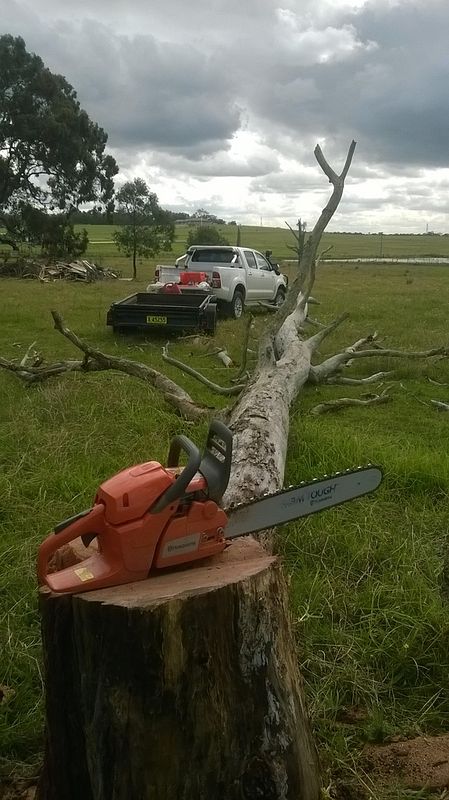wide eyed and legless
Well-Known Member
Yes I keep sowing seed, though I have cut kale off and let it grow again but it doesn't seem to grow as vigorously as a new plant.
There is a trick you can do with leeks, when a leek has gone to flower (I have 2 in my garden now) cut off the flower head and it will throw a load of tiny leeks up, this is what a lot of the show gardeners do.
Reproducing leeks by bulbils, “pips or grass”. This is the method by which super specimens such as “show leeks” are usually grown. These show leeks are specially selected strains to produce giant leeks. You can see the principal of this method if you allow one of your leek plants to form a flower head in the second year( they are bi-annuals). Give them the following treatment, and instead of forming leek seed pods, they will form green shoots which can be planted up. It is not what you would expect to happen, but nature is very complex and surprising! Leeks produced by this method will be genetically the same as the original plant.
Allow the flower buds to form and then using small scissors, cut off all the individual buds. The leek plant then compensates for this treatment, by trying to reproduce itself by forming bulbils, pips or grass.
There is a trick you can do with leeks, when a leek has gone to flower (I have 2 in my garden now) cut off the flower head and it will throw a load of tiny leeks up, this is what a lot of the show gardeners do.
Reproducing leeks by bulbils, “pips or grass”. This is the method by which super specimens such as “show leeks” are usually grown. These show leeks are specially selected strains to produce giant leeks. You can see the principal of this method if you allow one of your leek plants to form a flower head in the second year( they are bi-annuals). Give them the following treatment, and instead of forming leek seed pods, they will form green shoots which can be planted up. It is not what you would expect to happen, but nature is very complex and surprising! Leeks produced by this method will be genetically the same as the original plant.
Allow the flower buds to form and then using small scissors, cut off all the individual buds. The leek plant then compensates for this treatment, by trying to reproduce itself by forming bulbils, pips or grass.












